Building a future for ancient neighborhoods
Updated: 2016-06-10 02:54
By Tang Yue and Cui Jia(China Daily)
|
||||||||
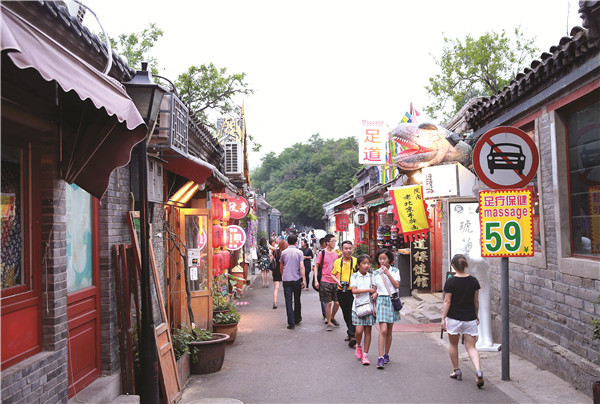 |
|
Nanluoguxiang, a 740-year-old hutong in Beijing, has become a popular destination for tourists. [Zou Hong / China Daily] |
How many hutong?
While no updated official data is available for the situation right now, non-governmental organizations are conducting their own research.
The Beijing Cultural Heritage Protection Center, one such non-governmental organization, is conducting surveys of all the remaining hutong within the Old City area. The CHP is being helped in its work by an army of 160 volunteers. According to Zhang Pei, the project manager, some of the hutong that were recorded and surveyed in 2005 have since been demolished.
"Three of the 10 hutong I visited have disappeared and one is under demolition," said Liu Huiting, 36, a volunteer who helped survey the ancient homes in the Xisi area. Fengsheng Hutong, where Liu lived before she married, is now partially demolished.
Liu, who is a teacher of Chinese at a senior high school, asked her students to visit the former homes and neighborhoods of historical figures during their winter vacations.
"Some students returned after the holidays and told me that some of the houses mentioned in the textbooks had gone, along with the hutong around them," she said.
To name a few of the historic homes lost: the former residence of Cao Xueqin, author of Dream of Red Mansions, was demolished in 1999 to allow for the widening of a street. And, in 2012, the former home of Liang Sicheng, who is recognized as the"father of modern Chinese architecture", and his wife Lin Huiyin, who was also a renowned architect and writer, was razed despite the efforts of many organizations, including the CHP, to save it. (The couple's niece, Maya Ying Lin, designed the Vietnam Veterans Memorial in Washington DC in 1980 at the age of 21.)
While up-to-date numbers are sketchy, what we do know is the number of hutong in the Old City area almost halved between 1990 and 2005, when the total fell from 2,242 to 1,353, according to official data. The loss during those 15 years was heavier than the total destroyed during the 40 years from 1949 to 1989.
Much of the drive to redevelop hutong areas in the past has been inspired by a desire to improve the physical living conditions of the residents, because it is common in hutong areas for people to live in homes with inefficient and polluting heating systems, poor sanitation and water supply and shared public toilets. Despite the drawbacks, many people who live in hutong areas enjoy living in a central location and dislike the fact that redevelopment projects often lead to hutong residents from central Beijing being relocated to new high-rises in the suburban areas beyond the Fifth Ring Road.
In spite of the arguments both for and against the demolition and redevelopment of hutong areas, there is no denying the demolitions of the hutong and the resulting land sales, have been lucrative and a major source of revenue for local governments in Beijing.
According to a China Business News report, revenues from municipal land sales in Beijing last year reached a record high of 198.4 billion yuan ($30.2 billion), which was more than half of the capital's yearly fiscal revenue.
Integral protection
In early 2005, the "Overall Urban Planning of Beijing 2005-2020" was approved by the State Council, China's cabinet. For the first time, an official paper set the "integral protection of the Old City of Beijing" as a principle, with the goal of "protecting the hutong-siheyuan traditional architecture style".
However, only 46 percent of the 1,353 hutong in existence in 2005 were within the city's conservation districts pertaining to historic sites validated within the "2005-2020" plan and others remained outside and vulnerable to demolition.
"It is not truly integral protection if you allow part of the Old City to be removed," said Hoa Hsinmin, who is better known in China as Hua Xinmin and who is one of the most well known defenders of the hutong neighborhoods.
"You can't say this piece of cake is good to eat but part of it is poisonous," said Hua, who has French and Chinese ancestry but considers herself to be Chinese culturally.
Born in Beijing in 1954, she lived in the city until she was 22 when she moved to France. She returned in 1997 and was shocked to find "demolition was taking place every where". Hua, the daughter of Leon Hoa, who was chief architect at the Beijing Institute of Architectural Design during the 1950s, became a dedicated protector of the capital's hutong, submitting suggestions to the government, writing books and essays and giving lectures about hutong.
According to Feng Feifei, head of the urban design department at the Beijing Municipal Institute of City Planning and Design, the hutong are not entirely safe, even if they are within the conservation area because it has been divided into a "highly protected zone" and a "controlled construction zone". Old buildings in the second zone are therefore potential candidates for destruction and distortion, Feng said.
She and her colleagues proposed getting rid of the "controlled construction zone" in a detailed planning follow-up to the 2005-2020 plan, but the idea was not sanctioned by the municipal government, she said.
"Ideally, all the hutong will be kept as they are an integral part of the Old City and once they are gone, they are gone for good. But it is always a process of conflicts and compromise," Feng said.
"When economic growth is the top priority and Gross Domestic Product is taken as the major indicator of an official's performance, it is not surprising that something like Oriental Plaza could have been built so close to the city center back then.
She was referring to one of Asia's largest developments of shopping malls, office buildings and hotels, which is located only 1 kilometer east of the Forbidden City, the Chinese imperial palace for five centuries. The plaza started operation in 2000.
In the short term, the protection and preservation of hutong is certainly not profitable as opposed to the sale of the land they stand on, especially when protecting and renovating hutong areas requires significant investment, she explained.
However, the hutong do have intrinsic value and calculations about their worth change in the long run.
"The preservation of hutong raises the value of the entire area and the city," she said. "It takes vision to do the correct cost-profit analysis."
- Suspected IS terrorists arrested in Germany
- Japanese boy abandoned by parents in Hokkaido forest found alive
- China to build Africa's biggest university library
- 'Kill list' found in UCLA campus shooter's residence: Police
- Swiss declare Alps tamed as Gotthard rail tunnel opens
- China urges Japan to properly settle Chinese forced laborers issue

 Euro powers land in France for UEFA EURO 2016
Euro powers land in France for UEFA EURO 2016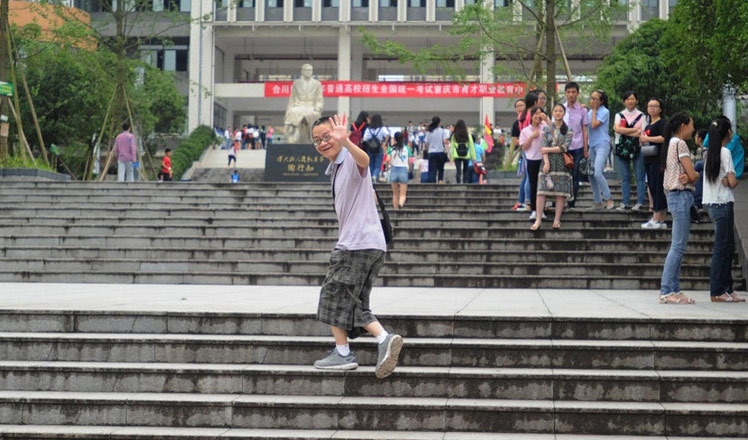
 The most unusualgaokao candidates in 2016
The most unusualgaokao candidates in 2016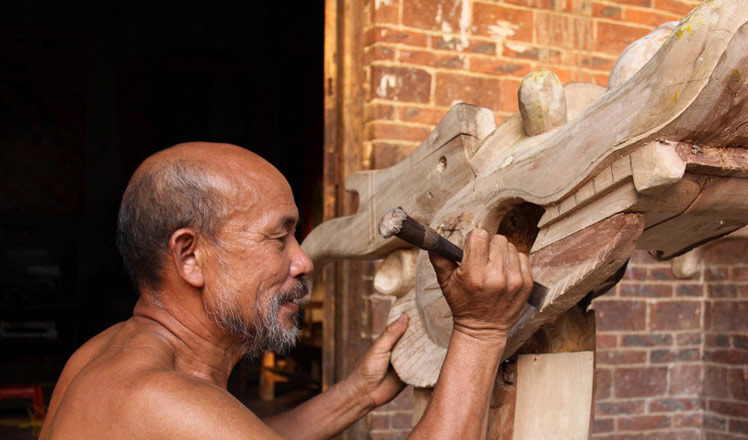
 Elderly man carries on 1000-year old dragon boat craft
Elderly man carries on 1000-year old dragon boat craft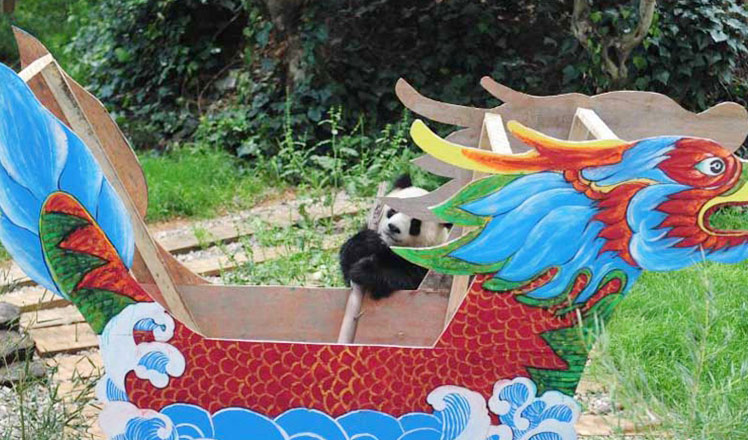
 Row your dragon boat, cute pandas in Yunnan!
Row your dragon boat, cute pandas in Yunnan!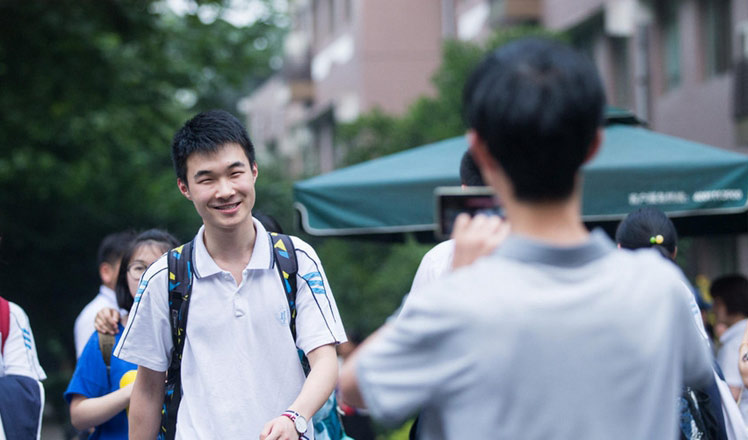
 In pics: China's college entrance exam starts
In pics: China's college entrance exam starts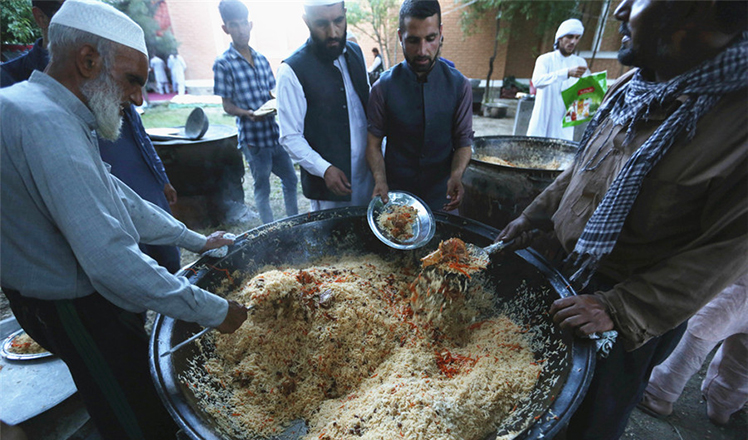
 Popular foods to break fast during holy month of Ramadan
Popular foods to break fast during holy month of Ramadan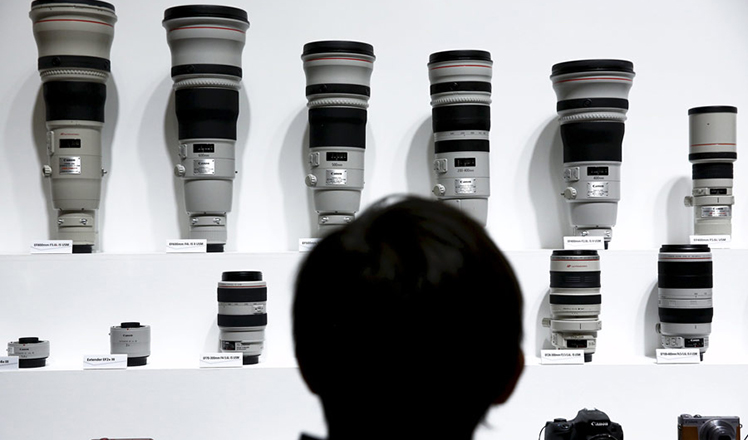
 Top 10 biggest brands in Asia listed in media report
Top 10 biggest brands in Asia listed in media report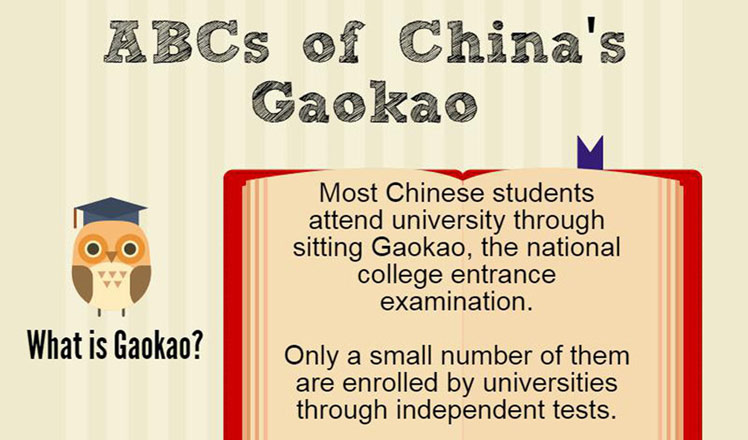
 Things you need to know about China's gaokao
Things you need to know about China's gaokao
Most Viewed
Editor's Picks

|

|

|

|

|

|
Today's Top News
Abe's blame game reveals his policies failing to get results
Ending wildlife trafficking must be policy priority in Asia
Effects of supply-side reform take time to be seen
Chinese State Councilor Yang Jiechi to meet Kerry
Chinese stocks surge on back of MSCI rumors
Liang avoids jail in shooting death
China's finance minister addresses ratings downgrade
Duke alumni visit Chinese Embassy
US Weekly

|

|







